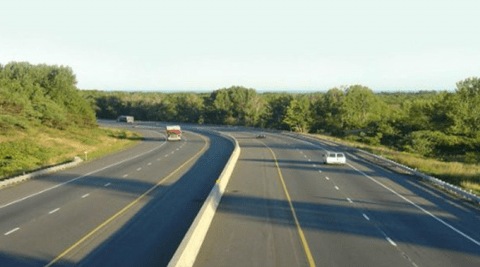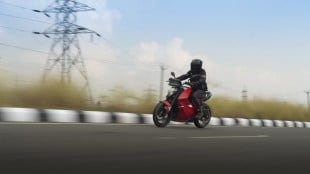
In a recent public function held at Dausa, Rajasthan, Nitin Gadkari, Minister for Road Transport, Highways and Shipping laid the foundation stone of a new super expressway between Gurugram and Jaipur. The ministry claims that the 225 km (approximately) distance would be covered in 90 minutes wherein the new road would start from the outskirts of Gurugram and at the Jaipur Ring Road. In addition, the minister also stated that this is the second advanced cement concrete highway in the country after the Mumbai-Pune expressway. “Agra-Delhi is also considered an express highway but it is not as per the expressway standard. After Mumbai-Pune expressway, the Delhi-Jaipur stretch will be the second express highway in the country,” he told PTI. Work on the new expressway is expected to finish within the next 15 months according to the recent high-level meeting at Dausa and would entail an investment of about Rs 16,000 crores.
At present, the duration by road between the two cities is around six hours which has a maximum speed limit of 90 kmph for passenger vehicles. The new expressway will be access controlled, which would help in maintaining consistent high speed. In order to cover the mentioned distance in 90 minutes, the speed limit too will need to be upped by a significant margin. The highway would need to have a speed limit of around 150 km/h to achieve the claimed time limit. Such high speeds would, however, create a lot of safety concerns. In addition, commuters would have to face congestion before starting off on the super expressway. Overall commuting time would still get reduced significantly compared to the time taken currently on NH8.
Also Read: Why India isn’t ready to be an ‘Expressway’ country and it’s not the Government to blame
Although the new expressway is expected to have CCTVs for close monitoring of violators and help in additional road safety, the sense of safety amongst road users is being heavily ignored. Ethics that are internationally followed such as indicating lane changes, use of right indications during panic braking as well as basic awareness of the right method of driving also needs to be addressed at the Road and Transport Offices level. This would not only reduce the rising number of accidents and deaths on roads, it would also bring about a better commuting experience for all road users.




















